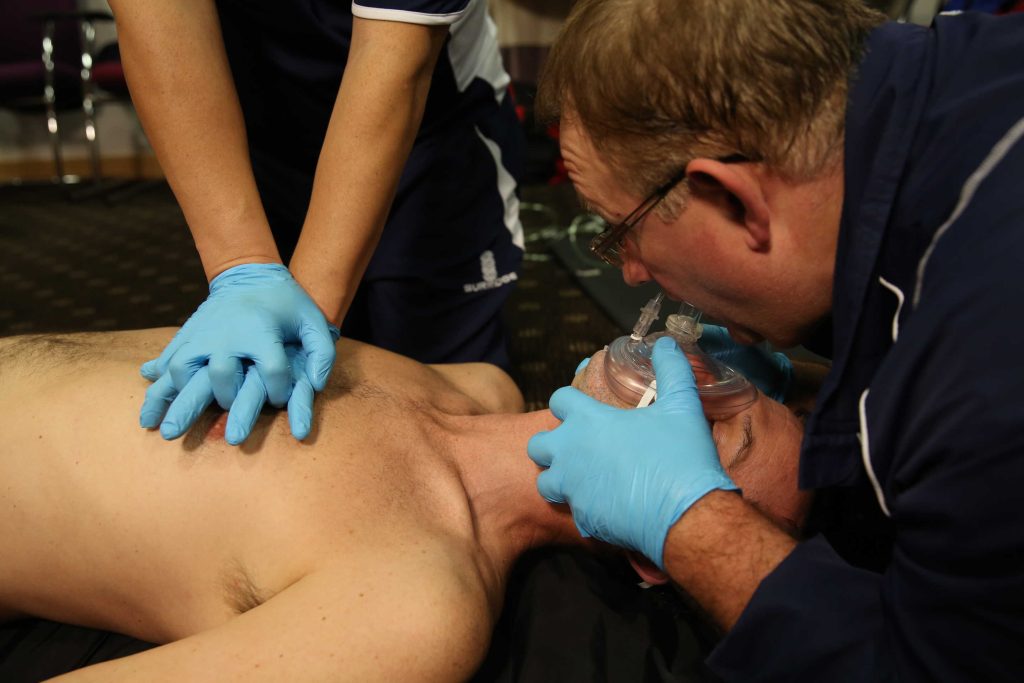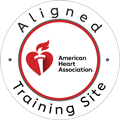When a cardiac emergency strikes, quick, effective intervention can mean the difference between life and death. One important tool in a rescuer’s arsenal is the CPR pocket mask. Designed to deliver rescue breaths without direct mouth-to-mouth contact, the pocket mask improves hygiene, protects both the rescuer and the victim, and increases the chances of successful resuscitation. However, for this tool to be effective, proper positioning is critical. Mastering the correct technique ensures optimal airflow and supports high-quality CPR, which can dramatically improve survival outcomes. This article will guide you through the essential principles of positioning when using a pocket mask for CPR and highlight why consistent training is key to being prepared when it matters most.

Understanding Pocket Mask Basics
A pocket mask, also known as a resuscitation mask, is a compact and portable device used to provide breaths during CPR. It typically includes a one-way valve, a flexible mask to fit over the victim’s nose and mouth, and an optional oxygen inlet for supplemental oxygen. The design allows rescuers to maintain a safer distance while still delivering effective ventilation. Compared to traditional mouth-to-mouth resuscitation, pocket masks offer superior protection against the transmission of infectious diseases. They also help create a better seal and deliver more consistent breath volume, especially when used by trained individuals. Pocket masks come in a variety of styles, from basic models to more advanced versions with oxygen ports and head straps, catering to both laypersons and professional responders.
Optimal Rescuer Positioning: The Fundamentals
Achieving optimal rescuer positioning starts with understanding the fundamentals. For adult victims, the rescuer should position themselves at the victim’s head. Kneeling directly behind the victim’s head allows for better control over the airway and facilitates proper alignment of the mask. When performing CPR on children or infants, positioning adjustments must be made. For example, in infants, the mask should cover both the mouth and nose, and the head should be placed in a neutral (not extended) position. Pregnant women may require the rescuer to slightly roll the victim onto her left side to reduce pressure on major blood vessels, which can affect circulation. Additionally, rescuers must consider their body mechanics to prevent fatigue and ensure sustained performance during resuscitation. A balanced, upright posture with knees slightly apart helps maintain stability while providing ventilation.
Step-by-Step Positioning Guide
The step-by-step process for positioning begins with a thorough scene assessment to ensure safety. Once the scene is secure, the rescuer should check responsiveness and breathing before calling for emergency help. The airway must be opened using the head-tilt, chin-lift technique unless a spinal injury is suspected, in which case a jaw-thrust method is preferred. The pocket mask is then placed over the victim’s nose and mouth, and the rescuer uses both hands to create a tight seal—thumbs on top, fingers under the jaw, lifting the chin. This technique, known as the “EC-clamp” method, helps ensure that air goes into the lungs rather than leaking around the edges of the mask. The rescuer’s elbows should be locked, and their shoulders aligned over their hands to maintain effective compression posture between ventilations.
Common Positioning Errors and How to Avoid Them
Even experienced rescuers can make mistakes in positioning, and these can reduce the effectiveness of CPR. One of the most common errors is failing to achieve a proper seal with the mask. This leads to air leakage, resulting in inadequate ventilation and reduced oxygen delivery to the brain and vital organs. Another issue is poor body positioning—if the rescuer is off-center or hunched over, it can lead to faster fatigue and compromise the quality of both breaths and compressions. Environmental factors, such as uneven terrain or cramped indoor spaces, can also make proper positioning difficult. In these scenarios, rescuers should adapt as best they can, focusing on maintaining airway patency and ensuring that ventilation is visible through chest rise.
Positioning for Different Scenarios
Rescuers may encounter a range of situations requiring different positioning strategies. In a lone rescuer scenario, time and efficiency are critical. After performing compressions, the individual must quickly shift to deliver breaths using the pocket mask, ideally without breaking the seal. In team settings, coordination is key. One rescuer can focus on compressions while another manages the airway and pocket mask, allowing for more effective and sustained CPR. Transitioning between compressions and ventilations should be smooth and timely to minimize interruptions in chest compressions, which are vital for maintaining circulation.
Call Us Now
Get the Best CPR Class in Tampa Today!
Training Recommendations and Certification
Proper positioning techniques can only be developed and retained through consistent training. Hands-on practice in a controlled environment allows individuals to build muscle memory and confidence. Instructors at certified training centers can offer personalized feedback, helping participants master correct form and make necessary adjustments. The American Heart Association and other reputable organizations offer CPR certification courses that include practical instruction on using pocket masks. These certifications typically require renewal every two years to ensure skills remain current with evolving guidelines. For those looking to expand their knowledge or practice skills regularly, resources like refresher videos, online modules, and local CPR classes are widely available.
Conclusion
Mastering proper positioning when using a pocket mask for CPR is essential for effective life-saving interventions. The correct head tilt, proper seal, and optimal body positioning not only maximize oxygen delivery but also minimize rescuer fatigue during this critical procedure. By understanding and implementing these positioning techniques, you significantly increase the chances of a positive outcome for cardiac arrest victims.
Take the crucial step toward becoming a skilled rescuer by enrolling in CPR certification in Tampa today. CPR Classes Tampa, an American Heart Association training site, offers comprehensive, hands-on training that will equip you with the confidence and skills needed to respond effectively in emergencies.
Whether you’re seeking BLS certification in Tampa for healthcare requirements or want to be prepared to help family members in crisis, CPR Classes Tampa provides stress-free, professional training in a supportive environment. Their courses include initial certifications and renewals in BLS for Healthcare Providers, ACLS, PALS, and CPR and First Aid.
Don’t wait for an emergency to wish you had the proper training. Contact CPR Classes Tampa now—recognized as the best CPR classes in Tampa—and gain the life-saving skills that could make all the difference when seconds count. Your decision to become certified today could save a life tomorrow.


